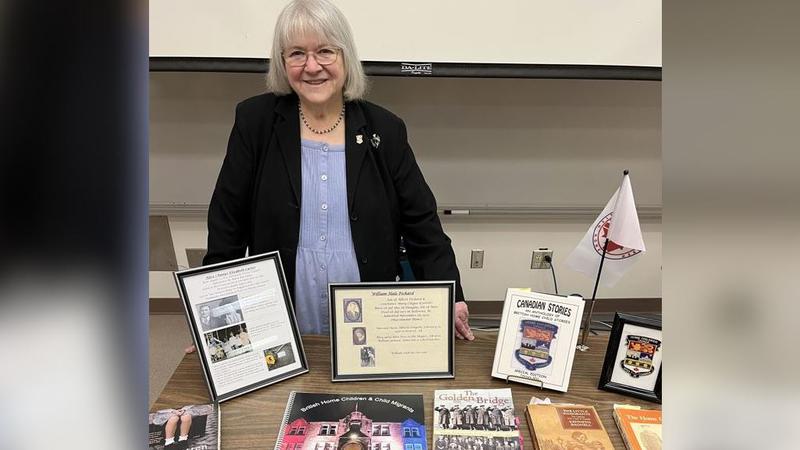
Lloydminster Historian looking to educate people on one of Canada’s darkest chapters
A Lloydminster Historian is among a small group of people across the country trying to educate people on one of Canada’s darkest, but not well-known, chapters.
Susan Brazeau has been visiting different Western Canadian cities in an attempt to share more about British Home Children, a group of around 100,000 kids who were shipped from Great Britain between 1869 and 1948 so they could be used as farm labourers and domestic servants.
Many of these children were orphans, some were sold by their own families, while others were simply taken away.
“Society wanted to get rid of these kids, they didn’t want them in Great Britain… they’d say ‘Hey, look at our colony in Canada, they just became a country, and they need our help, so let’s send these kids to help the farmers’ and that’s how the program got started,” said Brazeau.


